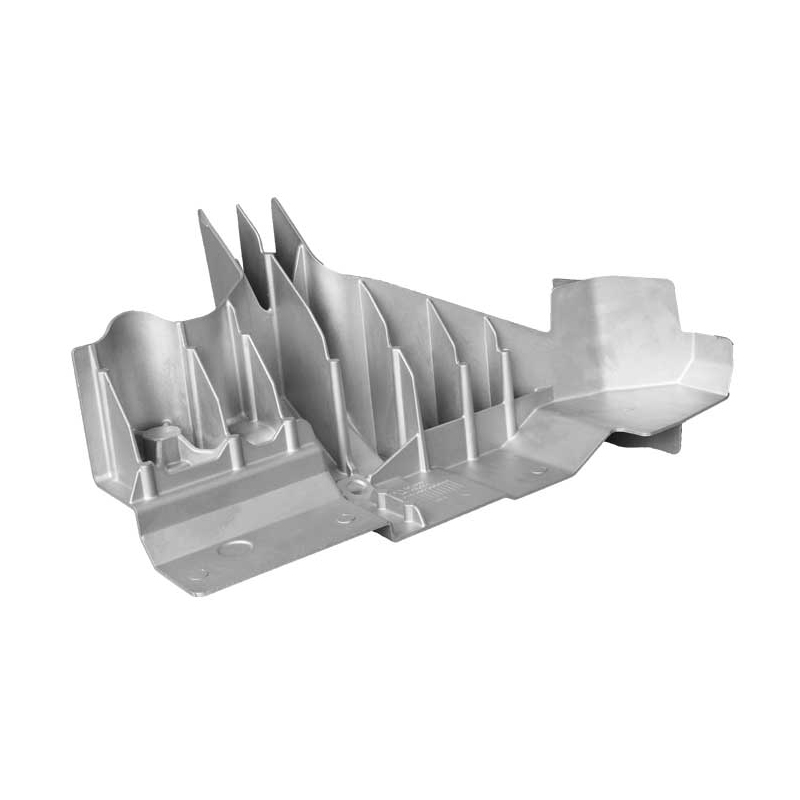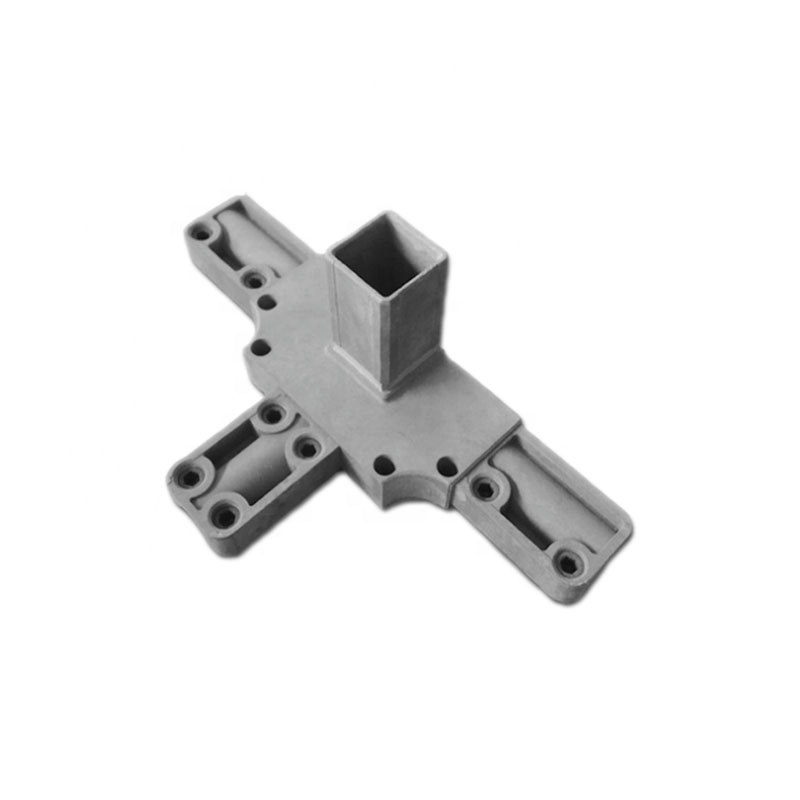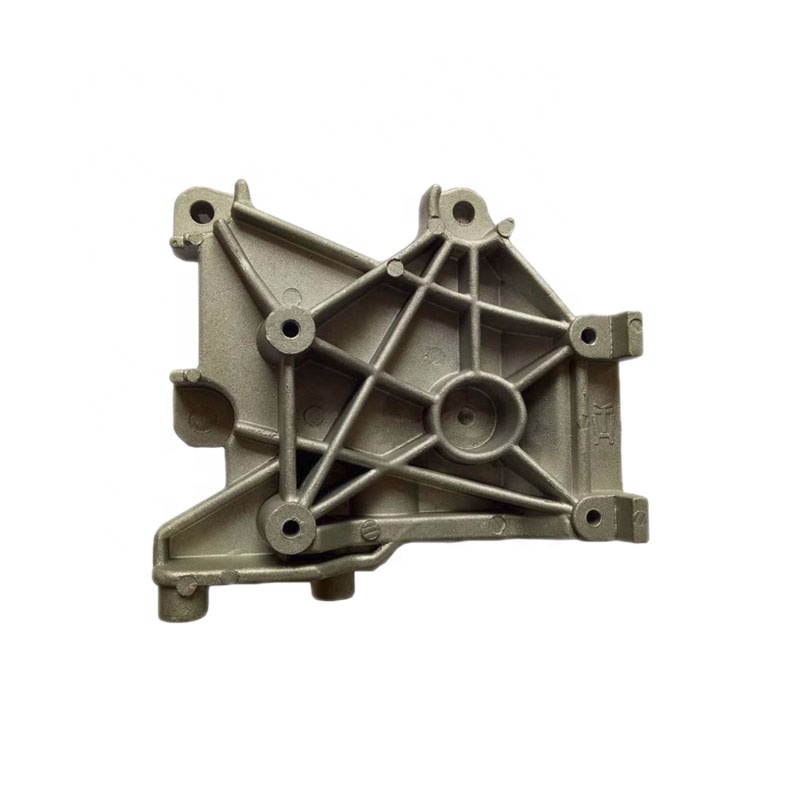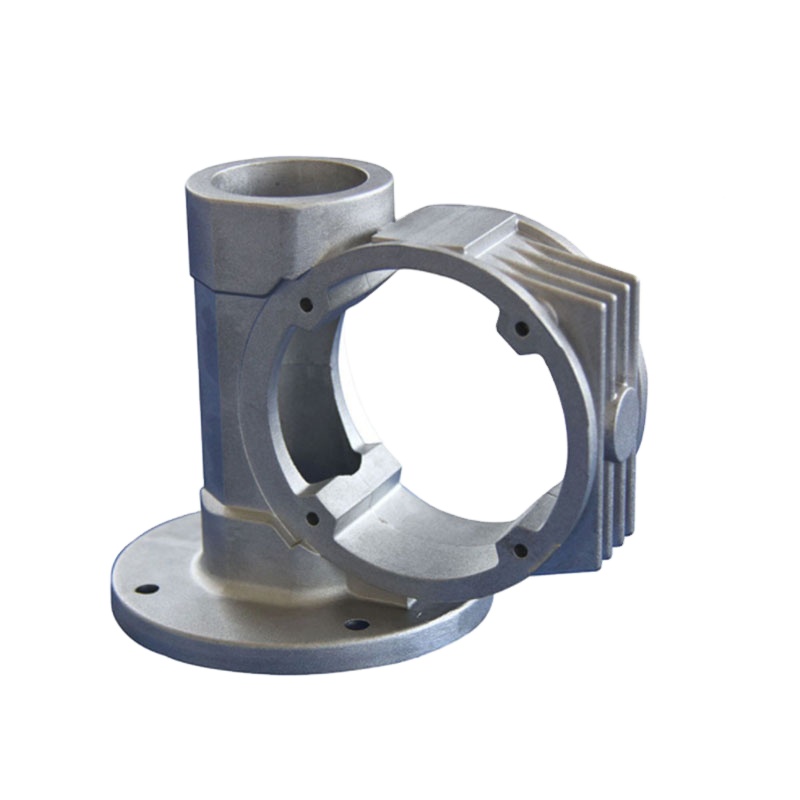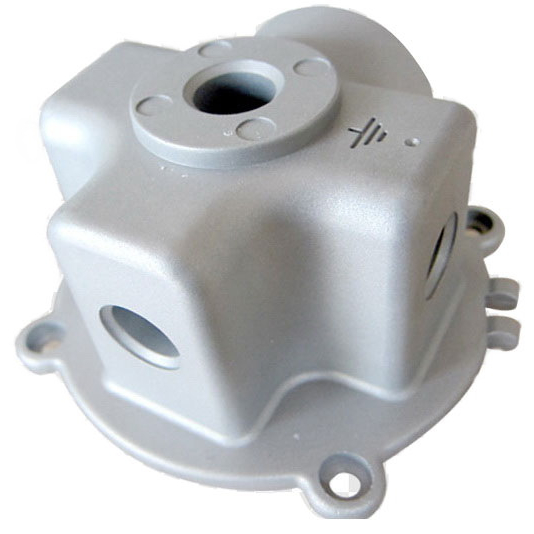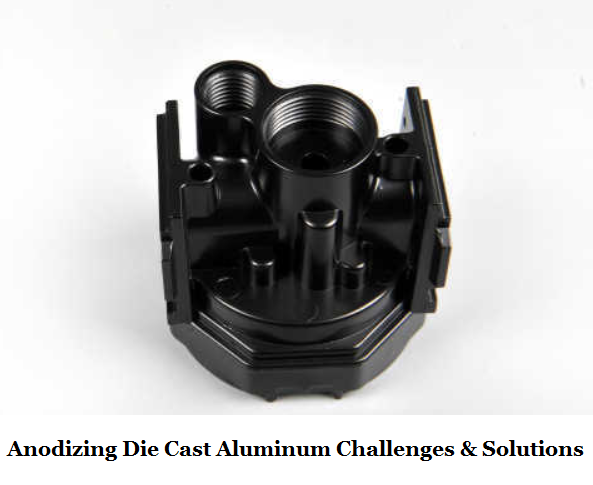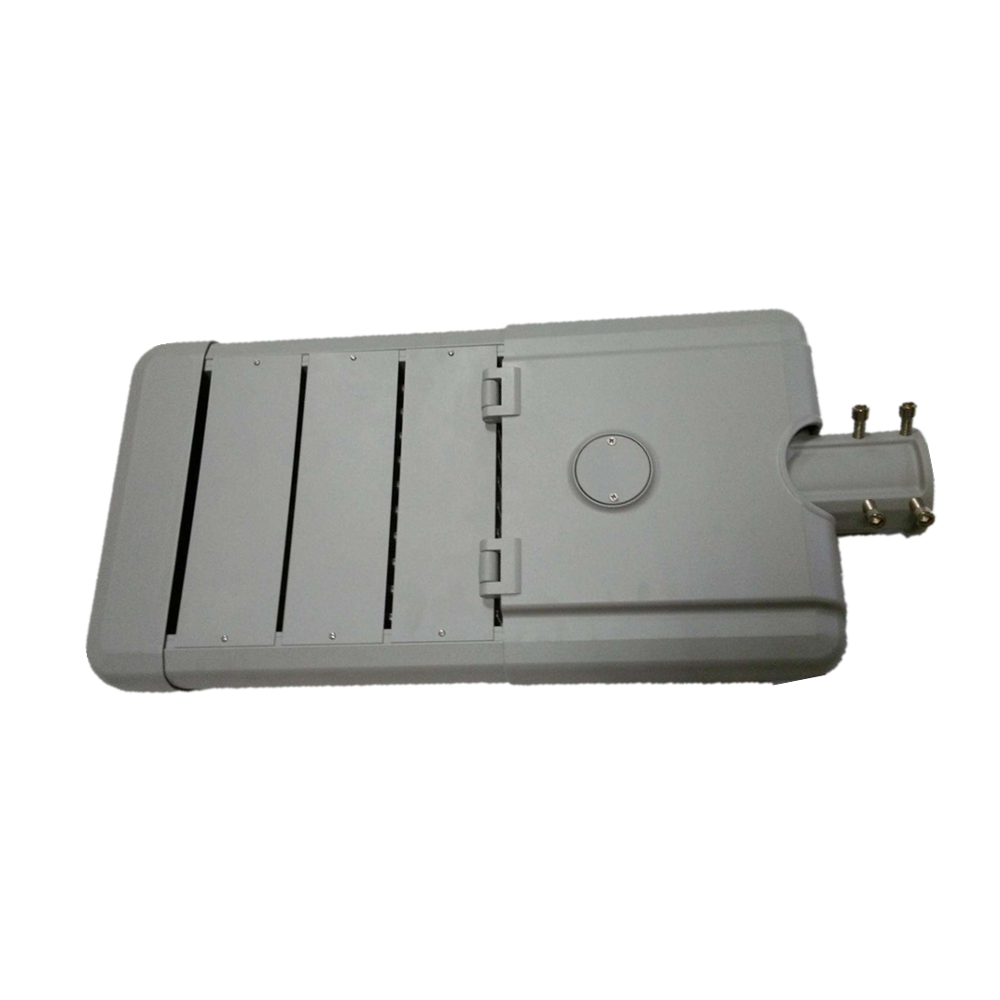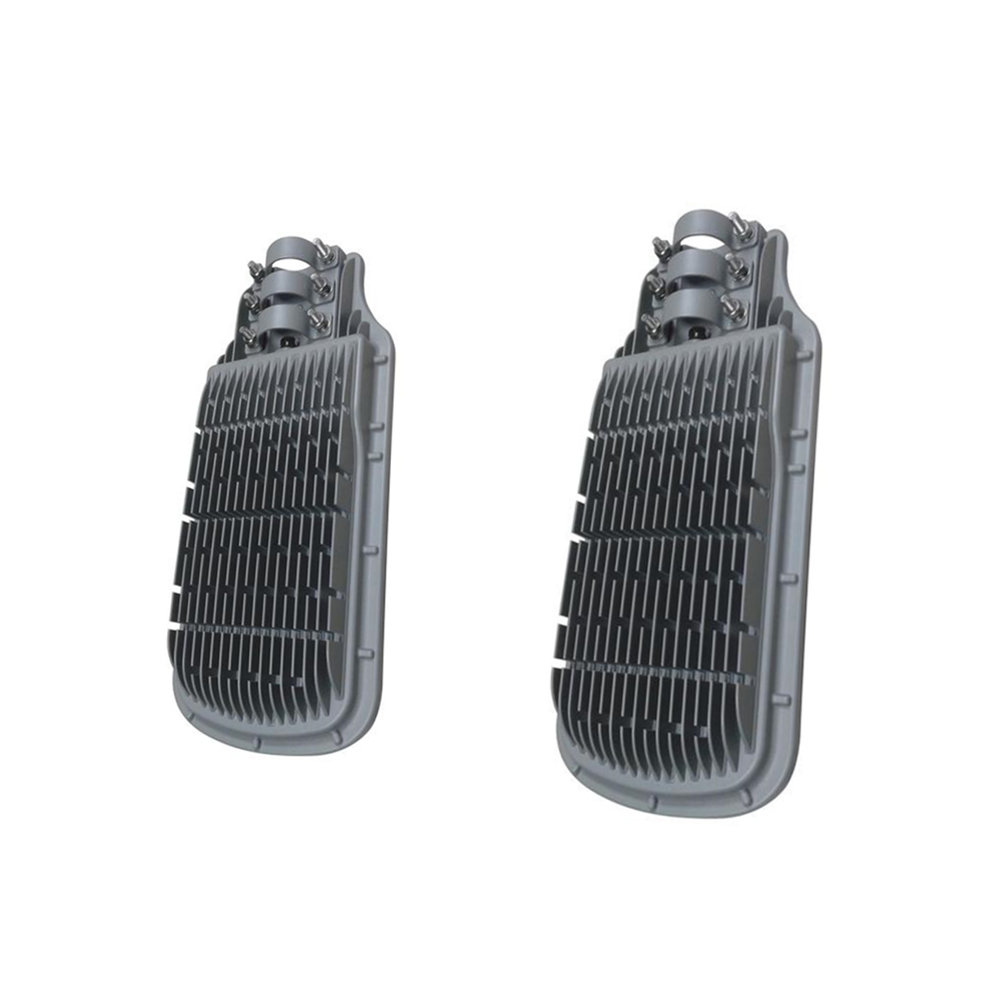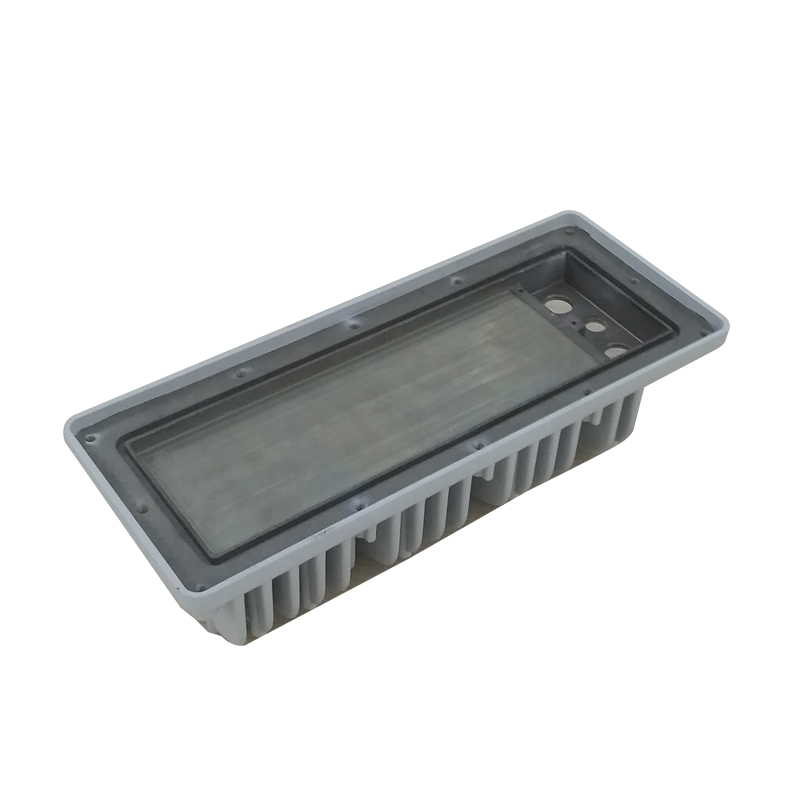Casting is one of the metal shaping methods, in addition to welding, stamping, forging, extrusion and machining. There are many techniques for casting metals, each requiring minor changes. The method of casting metal depends on what characteristics you want to produce. Using different materials to make moulds requires different casting processes. Casting methods include sand casting, shell casting, plaster casting, wax casting, centrifugal casting and die casting. Different casting processes are suitable for producing different parts. Although each casting technology has its own unique process and advantages, they have similar and precise basic steps.



